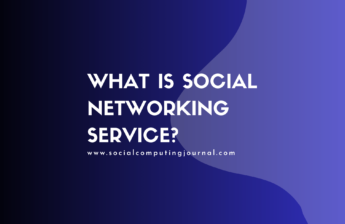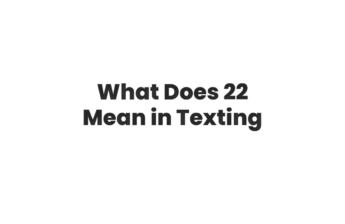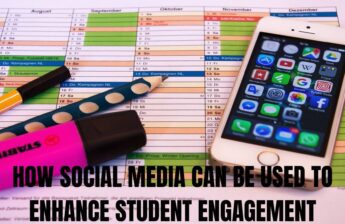Sometimes, we overcomplicate things by being worried about the technology part of it. Twitter and Facebook and blogs and mobile apps aren’t all that fancy. They’re just an unknown, and so people are worrying how they’ll do what they know how to do by other means with these new tools.
Yes, it takes some new understanding, but at the end of the day, marketing hasn’t changed a lot. Think about the Four P’s of Marketing:
Product
Depending on your product, you might want to think about these kinds of alignment questions:
- How does it share? ? In software, this means adding features like “post this to Facebook.” In physical products and businesses, it might mean giving consideration to how the real-world experience can spread via the online tools. For instance, if I’m Steve Wright over at Jay Peak, I’m going to want to have a bunch of “rental” Flip cameras or Kodak’s Zi8 camera on hand, plus some simple instructions for YouTube tagging and Flickr groups.
- How do we collaborate? ? In software, look at the difference between Flickr and Picasa. In the real world, determine if there’s some way to extend relationships between users. To keep with my ski resort example, I might throw together a Ning site, and invite EVERY guest to join a social network around their experience.
Price
With social software, maybe there’s a chance for “invite a friend and you both save X” kinds of pricing options. “10% off if you fan our Facebook page.” There are all kinds of ways to think about how you can align social tools to pricing. Woot.com made a great integration with Twitter. So did Dell Bargain Outlet. Your blog can have specials of the day or week posted there. There are tons of ways price aligns with social software.
Place (distribution)
Look how easy the social web makes cause marketing. Take blogging software, make a post about the cause, throw a ChipIn widget on there, and you’ve got the basics for a charity fundraising experience (technology-wise). Distribution is the web’s best talent. You can put things everywhere. You can build a simple presence framework and move information to where it’s needed. Place is the easiest of the Four P’s to align to the social media world. Make sense?
Promotion
The social web is the talk of the town because of promotion. It’s free and easy, right? Heh. Most people accidentally promote in very damaging ways. They haven’t learned how to promote without being “that guy”. But it’s true that these tools are the best tools for promotion ever.
Through my Facebook, LinkedIn, and Twitter outposts, I get thousands of new readers and prospective clients every week. Thousands. I make new relationships that I wouldn’t have had before the land of blogging and all the other social tools. I use YouTube and I can podcast and I can make photos on Flickr. There are tons of ways to use these tools to promote and build community opportunities.
What’s Old is New Again
I lined up all the old fashioned marketing “Four P’s” to how social software can interact. I didn’t exactly lay out step-by-step plans, but maybe you can infer a bit from what we started with. You’ll notice something. The tools aren’t all that spectacular and amazing, except that they make performing certain tasks simpler than it used to be. Instead, the potential and the wonderment are all inside the human part of the equation.
What’s exciting about how social media and social software aligns with marketing is that there are new opportunities that far surpass the old methods for marketing, and that’s where the magic truly hides. Marketers do have to understand the tools, but more so, here’s a quick list of what else needs to be understood:
- From bullhorn to phone ? Your message is no longer to be shouted, but to be socialized.
- From theater on the stage to theater in the round ? Marketing is human again. Don’t stay “on message.” Stay connected to people.
- From millions, to the right 10,000 ? Mass never worked well. It just did well enough. Find relationships that yield.
- From campaign to community ? You’re in it for the long haul. Build awareness, reputation, and trust by being there.
- From exclusion to “one of us” ? Your customers (b2b or otherwise) want to be included in the whole experience, not just to buy.
Truth be told, there are a dozen more things we could talk about in that list. But let’s start with those. You get the starting point. It looks easy, until the boss starts yelling at you for numbers and fast. Farmers can’t rush crops. You can’t join a gym a week before a wedding and drop five sizes. This is re-inventing stuff, not rehashing the old stuff with new line items.
You with me? What else do we have to cover here?





